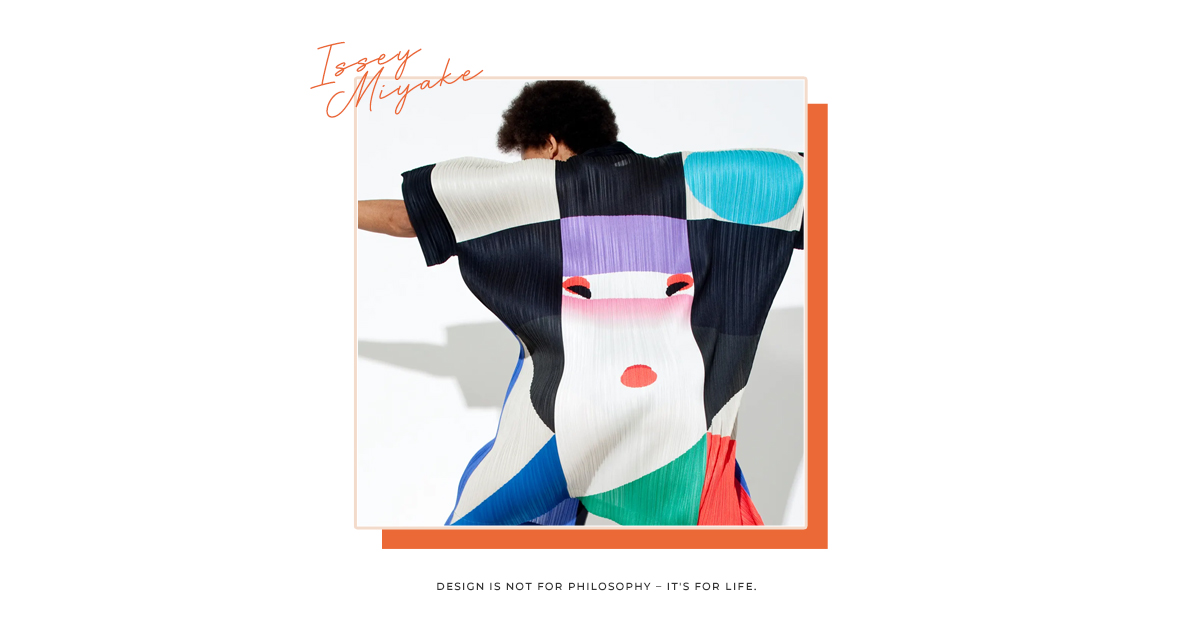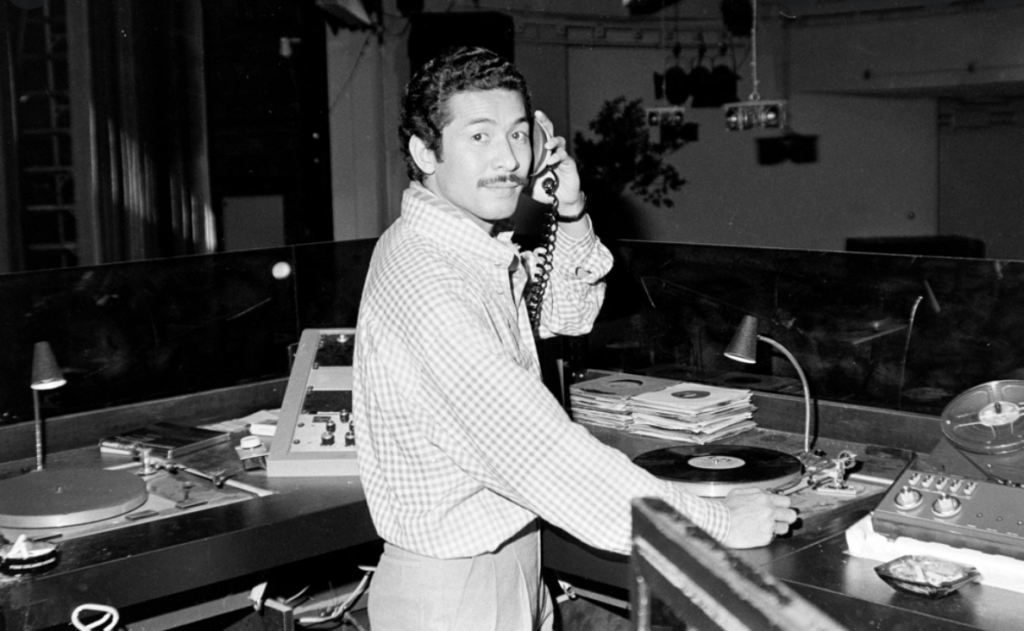Remembering Issey Miyake

Born in Hiroshima in 1938, Issey Miyake was seven years old when the US dropped an atomic bomb on his city in August 1945.
He survived the explosion that left nearly 140,000 dead and opened the door to the end of World War II after another nuclear bomb was dropped on Nagasaki three days later.
“I never chose to share my memories or thoughts of that day,” Miyake wrote in the New York Times in 2009. “I have tried, though unsuccessfully, to leave them behind, preferring to think of things that can be created, not destroyed, and that bring beauty and joy.”
He created the Miyake Design Studio in 1970 in Tokyo and shortly thereafter opened his first store in Paris. At the time he was part of the group of young Japanese designers that left their mark on this city of Fashion.

In the 1980s, at the height of his career, Miyake began experimenting with materials such as plastic, metal, wire and even Japanese craft paper.
Many of his bold-colored and patterned creations are often compared to origami shapes. During the production period of his “Pleats Please” collection, he became known as the “King of Pleats.” This title laid the foundation for his recognition as the first recipient of the Kyoto Prize in Arts and Philosophy for lifetime achievement.
Miyake’s greatest experimentation lies in the technology of “A Piece of Cloth,” a technique where fabric is created out of a single thread. These garments — often built with a prioritization for movement and humanity — were developed using early initiatives in computer generated prints and industrial knitting. The fluid nature of fabric movement provided a metaphorical link to freedom within the human condition.
The designer’s other significant achievements include Steve Jobs’ signature black mock turtleneck and his international best selling fragarance L’Eau d’Issey. The former solidified his status as an international connosier and affinity for collaborating with visionaries. The latter popularized oceanic perfumes and summarized Miyake’s focus on nature’s purpose.
Issey Miyake died in August of this year and the Japanese brand paid tribute to its founder with a choreographed fashion show, just as he liked.

During the fashion show, dancers appeared in flowing skin-colored dresses to join the models in a dreamlike dance, as Miyake did in the 1990s, something unusual in Parisian fashion.
Miyake has always collaborated with dance companies, such as William Forsythe, for whom he created the costumes for his ballet, “The Loss of Small Detail”, in 1991. The collection presented as a tribute was inspired by sculpture and integrated elements and textures typical of this art.
There are three-dimensional silhouettes, executed with a single piece of clothing, or prints created from clay shapes, applied by hand on the pieces to give them relief and texture.
Curves dominated the pattern, but there were also angular volumes, as if to protect the body.
The palette was wide: from gray to beige, also going through green, blue and mauve.
Issey Miyake used in this collection an innovative fiber, a “vegetable” limitation of polyester to avoid the use of petroleum.

